This Popular Seafood Chain Is Closing Locations Across the U.S.
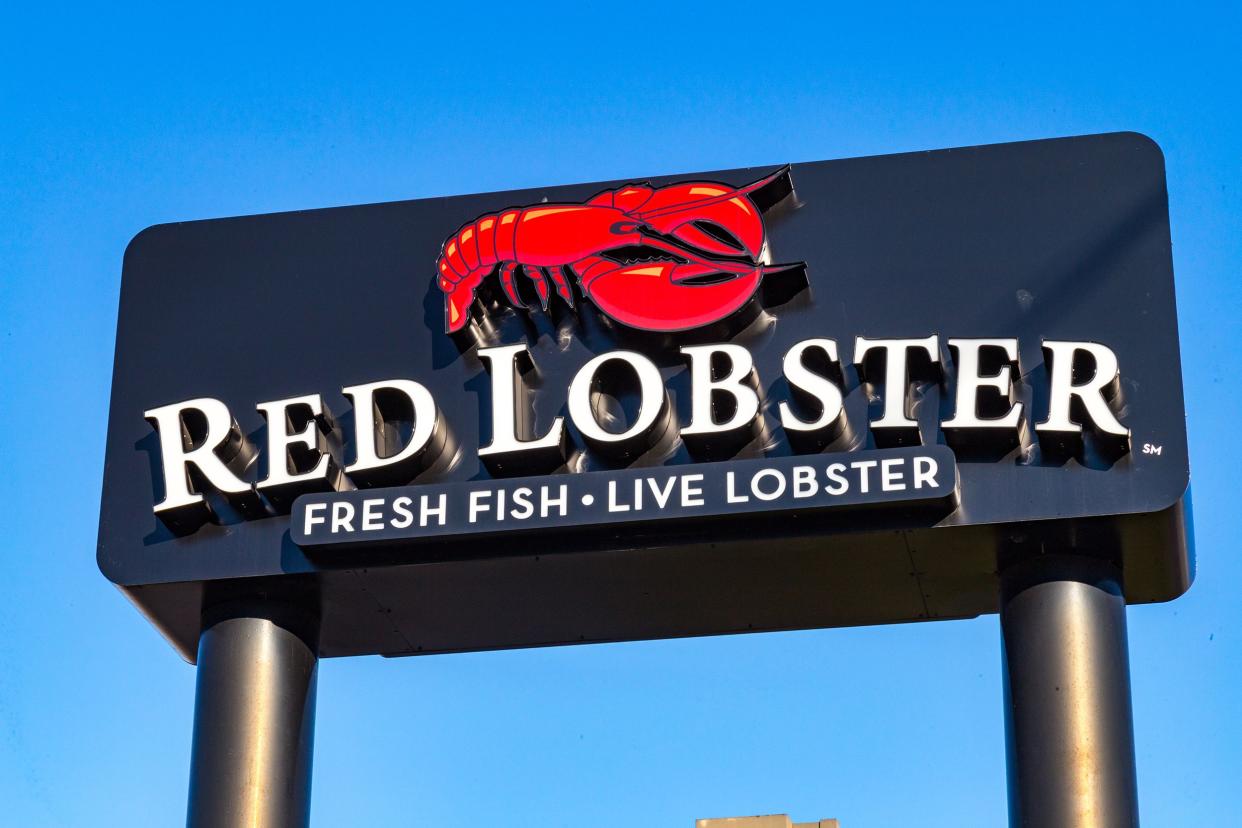
Chain of Closure
As of 2023, there are 200,859 fast-food restaurant businesses in the U.S. — a staggering number to compete with. However, financial upheaval in 2020 and 2021, along with the cutthroat nature of the industry, have put many fast-food favorites and powerhouses on the chopping block. Even giants like Subway, which reported the closure of more than 400 locations in 2023, are experiencing hard times.
If you're noticing fewer of your favorite chain restaurants, that probably means they're on this list. Here are 11 fast-food chains that are slowly disappearing, including a popular seafood chain.
Editor's Note: This story was updated in May 2024.
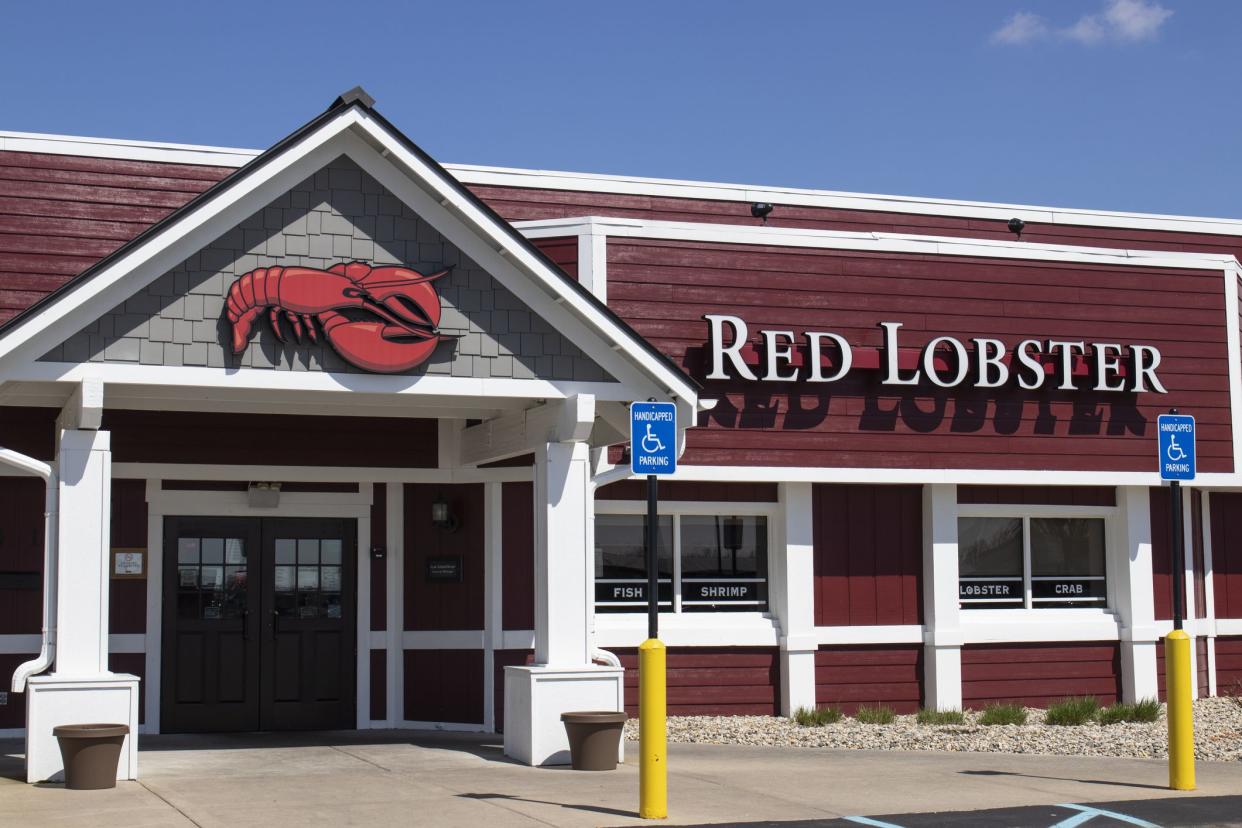
1. Red Lobster
As of May 2024, Red Lobster is facing tough times and is shutting down at least 48 locations across the U.S., CNN reports. An online auction is selling off kitchen equipment and furniture from the closing restaurants. Cities like Buffalo, Orlando, and Jacksonville have been hit hard, with many locations listed as "temporarily closed."
Red Lobster has currently about 650 restaurants but is considering filing for bankruptcy protection. The chain, once a leader in the industry, has struggled due to corporate mismanagement and other issues. In 2020, Thai Union became a major shareholder but has since decided to divest, taking a significant financial loss.
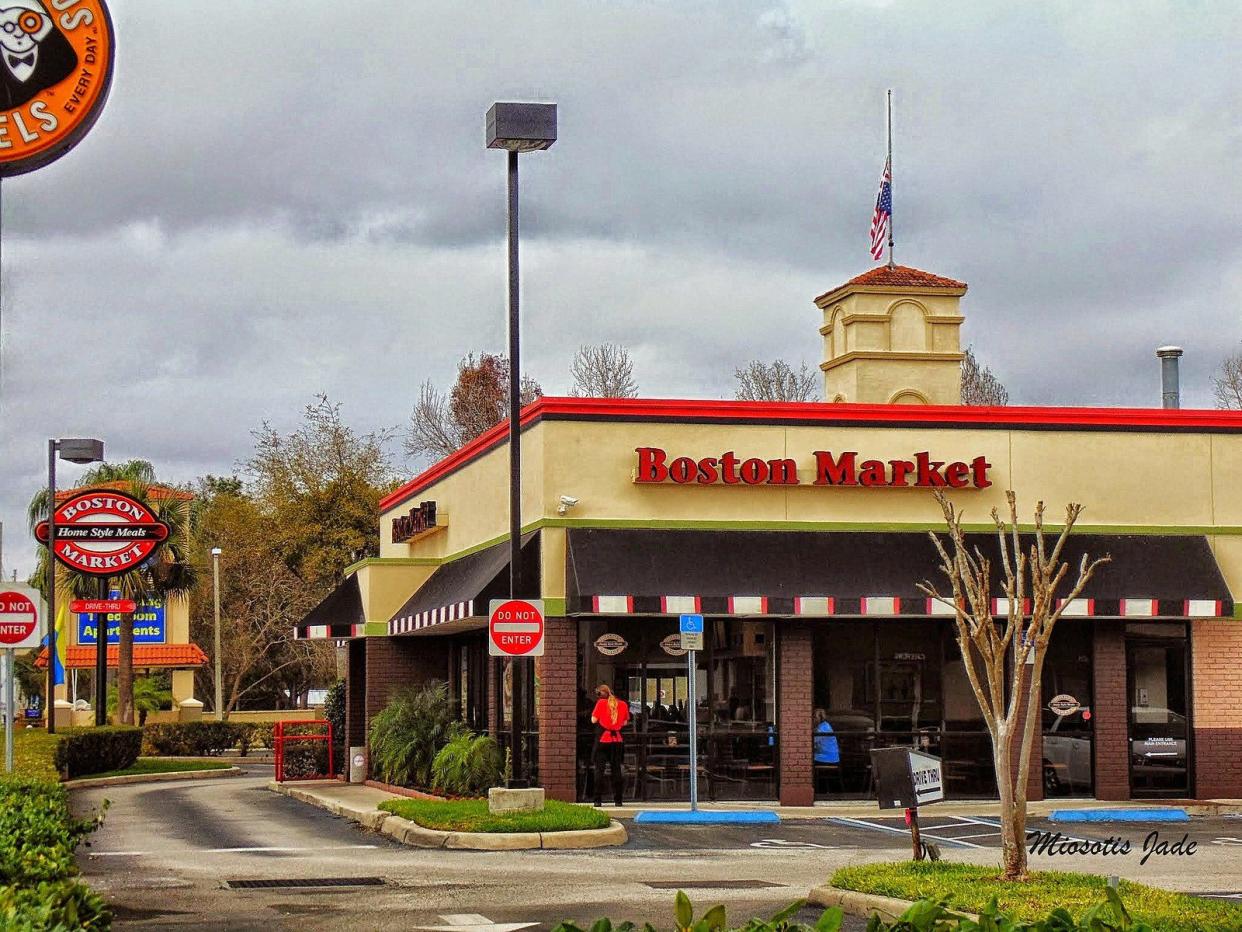
2. Boston Market
Back in its heyday, Boston Market had around 1,200 locations across the U.S. This fast-casual chain, known for its slow-roasted, antibiotic-free chicken, first hit financial troubles in 1998 when it filed for bankruptcy. It found a new owner in 2007 with Sun Capital Partners Inc. However, challenges persisted, and in 2019, Boston Market closed 45 stores, about 10% of its locations, following an employee walkout due to labor shortages.
The chain, once a go-to for home-style meals in the '90s, continued to struggle, shrinking to 300 locations by 2023. Many stores shut down due to unpaid bills, leading to evictions or state officials closing them over unpaid sales taxes. As of March 2024, RestaurantBusinessOnline reports that only 27 Boston Market locations remain.
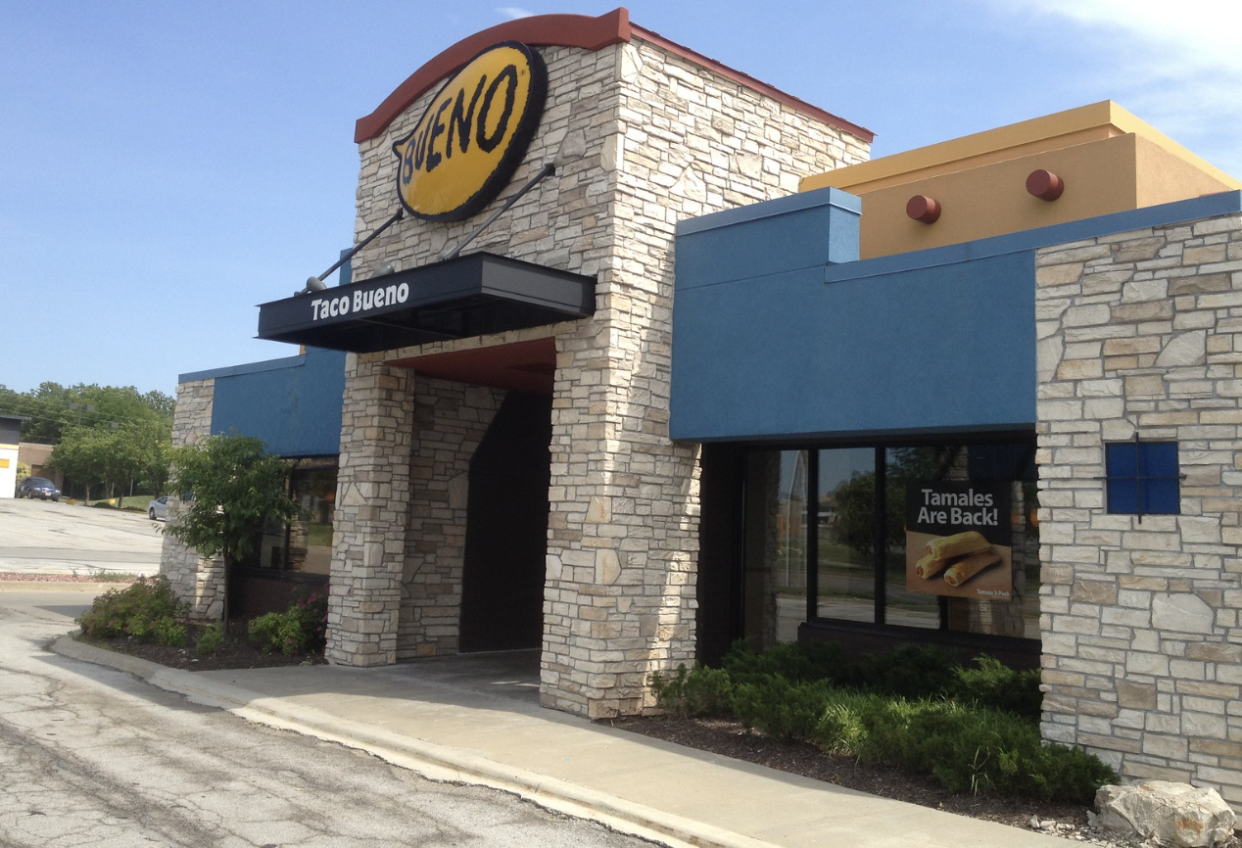
3. Taco Bueno
Taco Bueno, a Tex-Mex restaurant, opened its doors in 1967 in Abilene, Texas, offering a menu brimming with tacos, burritos, nachos, and its signature creation, the Muchaco, a meat and refried bean delicacy tucked into pita bread. As a regional powerhouse, it spread its influence across Texas, Oklahoma, Arkansas, and beyond, with 178 locations reported in 2016.
By 2018, some of those locations were on the chopping block. Under new leadership from former Krystal executive Omar Janjua, the chain targeted its worst-performing outlets for closure, aiming to cut losses and streamline operations. That year, 16 restaurants closed shop, including a complete withdrawal from Colorado Springs. These closures were a harbinger of deeper financial woes, leading to a bankruptcy filing in November 2018, followed by an additional dozen locations being sealed off. As of March 2024, there are around 133 Taco Bueno locations in the U.S.
For more fast-food news, please sign up for our free newsletters.
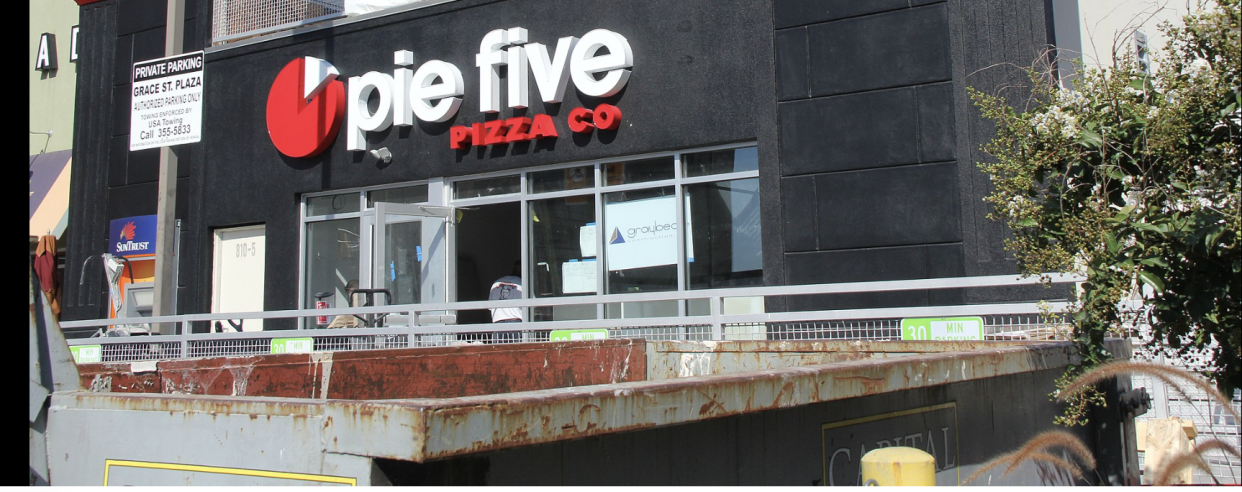
4. Pie Five
Pizza is universally loved, and pizza chains are typically among the most profitable businesses. Unfortunately, this hasn't been the case for Pie Five. The Dallas-based chain opened its doors in 2011 and reached its 100-location milestone by 2017. However, by the end of 2019, it had shrunk by 40%, closing 42 stores.
COVID-19 and the global recession surely didn't help the business to thrive. As of 2024, there are only 22 Pie Five restaurants left, mostly in Texas.
Related: Best Cheap Pizza Deals: Offers & Discounts Near You
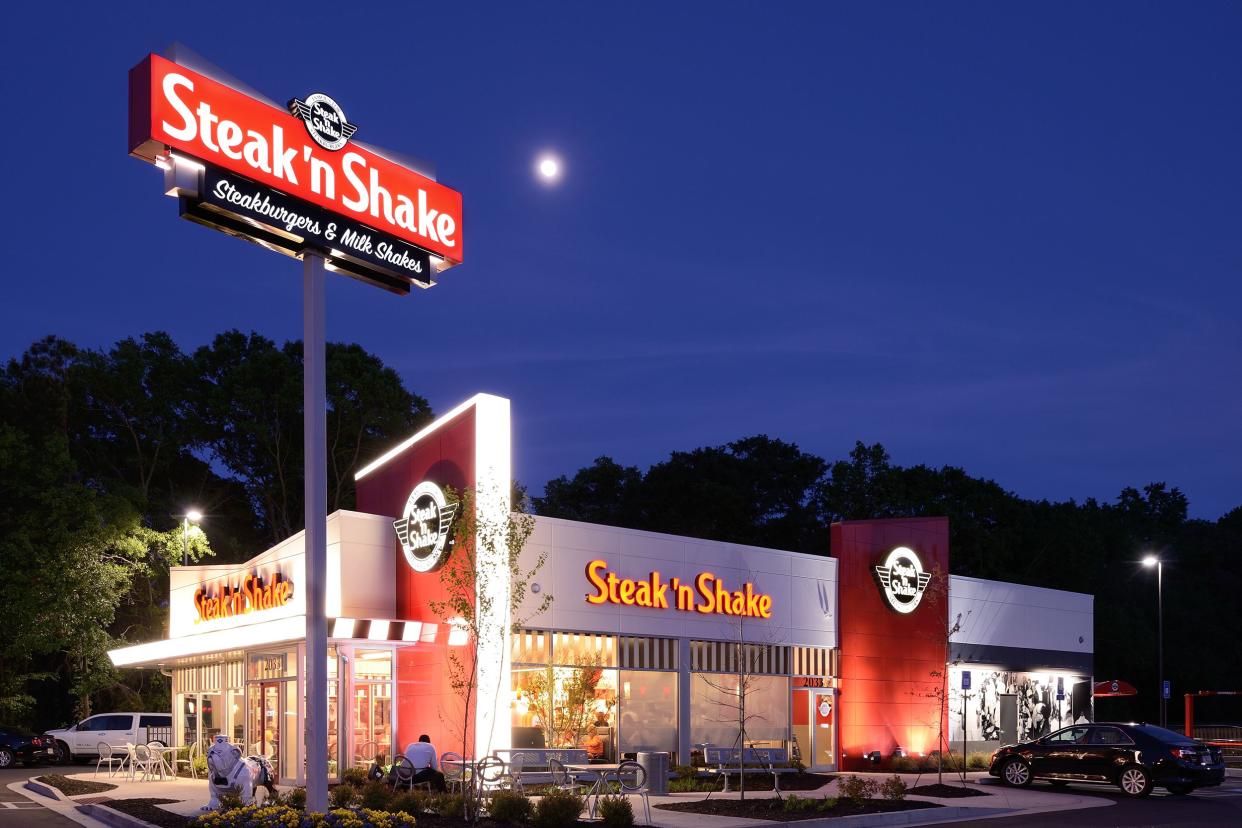
5. Steak 'n Shake
Steak 'n Shake, a beloved staple in the fast-food scene, has hit some tough times. Founded in 1934 by Gus Belt in Normal, Illinois, this once-booming chain began by serving hearty Steakburgers and creamy, cherry-topped milkshakes. But recent years have seen the chain in a steep decline. By September 2019, more than 106 of its restaurants had closed, resulting in a loss of $861,000 in just the third quarter of the year, according to QSR Magazine.
Steak 'n Shake launched a strategy in 2018 to convert all company-owned restaurants to franchises. However, the plan struggled to take off, with only four of the over 100 temporarily closed restaurants successfully reopening under new franchise partnerships, and Steak 'n Shake was still hemorrhaging money. By 2021, Steak' n Shake had 536 locations, but this number dropped to 493 by March 31, 2023.
Related: 21 of the World's Oldest Fast-Food Chains

6. Sbarro
Sbarro, famously noted by Michael Scott from "The Office" as his favorite New York pizza joint, has been facing a steep decline. Once a powerhouse in mall food courts, the chain peaked in 2004 with 762 locations and $465 million in sales.
Over the past 15 years, however, hundreds of its stores have closed, cutting its presence to less than half its former size. According to Mashed, this decline is tied deeply to the fading allure of shopping malls, where most Sbarro outlets are located. As consumer habits shift towards online shopping and specialty boutiques, foot traffic in malls — and, by extension, Sbarro's sales — have plummeted. Sbarro has additionally struggled under a heavy debt load, which, at its worst point in 2011, saw the company with $487 million in debt.
Related: The 6 Absolute Worst Pizza Chains in America
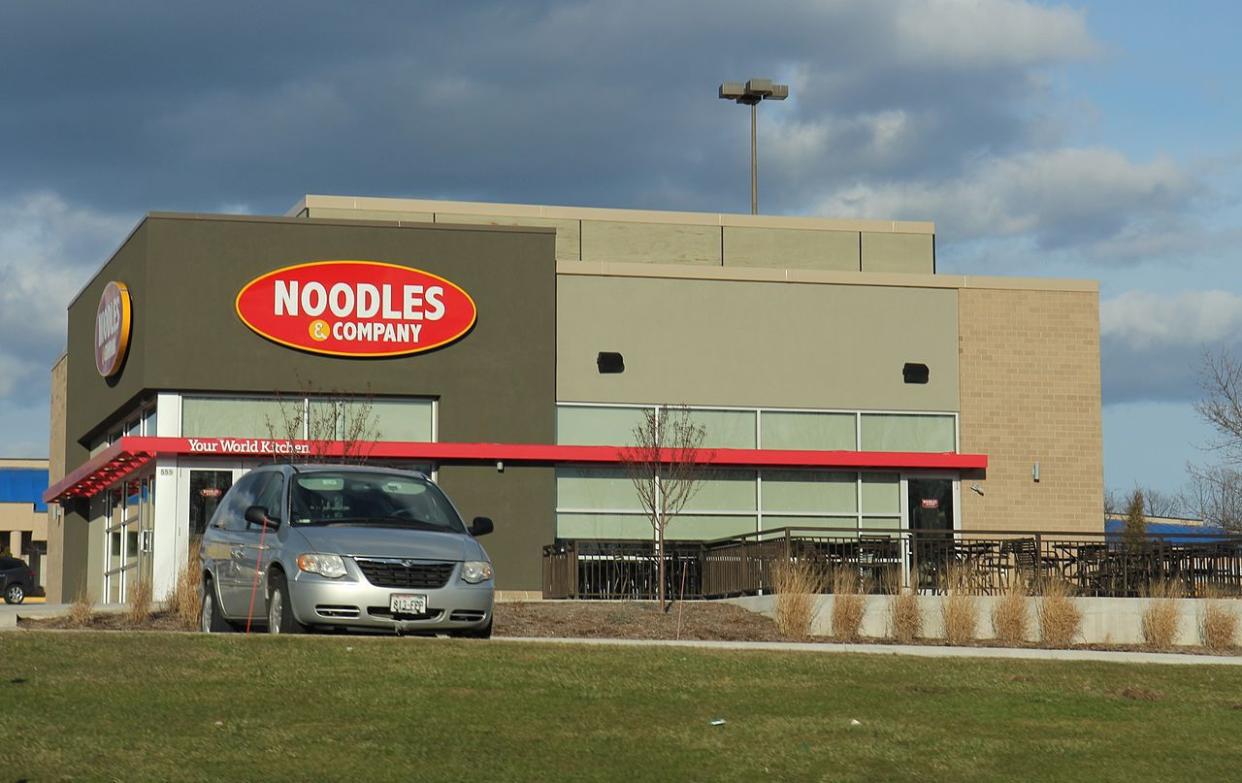
7. Noodles & Company
Since 1995, Noodles & Company has been on a mission to bring the world's love affair with noodles to every corner of America. But the Colorado company hasn't exactly been cruising smoothly down Easy Street as of lately. Back in 2016, the restaurant chain took a pretty big financial hit, racking up $71.7 million in losses, and also had to fork over $10.6 million to settle claims over a data breach. By 2022, the pandemic punched them in the gut, causing another $8 million loss in the final quarter. As of March 2024, they have 470 locations spread across the country.
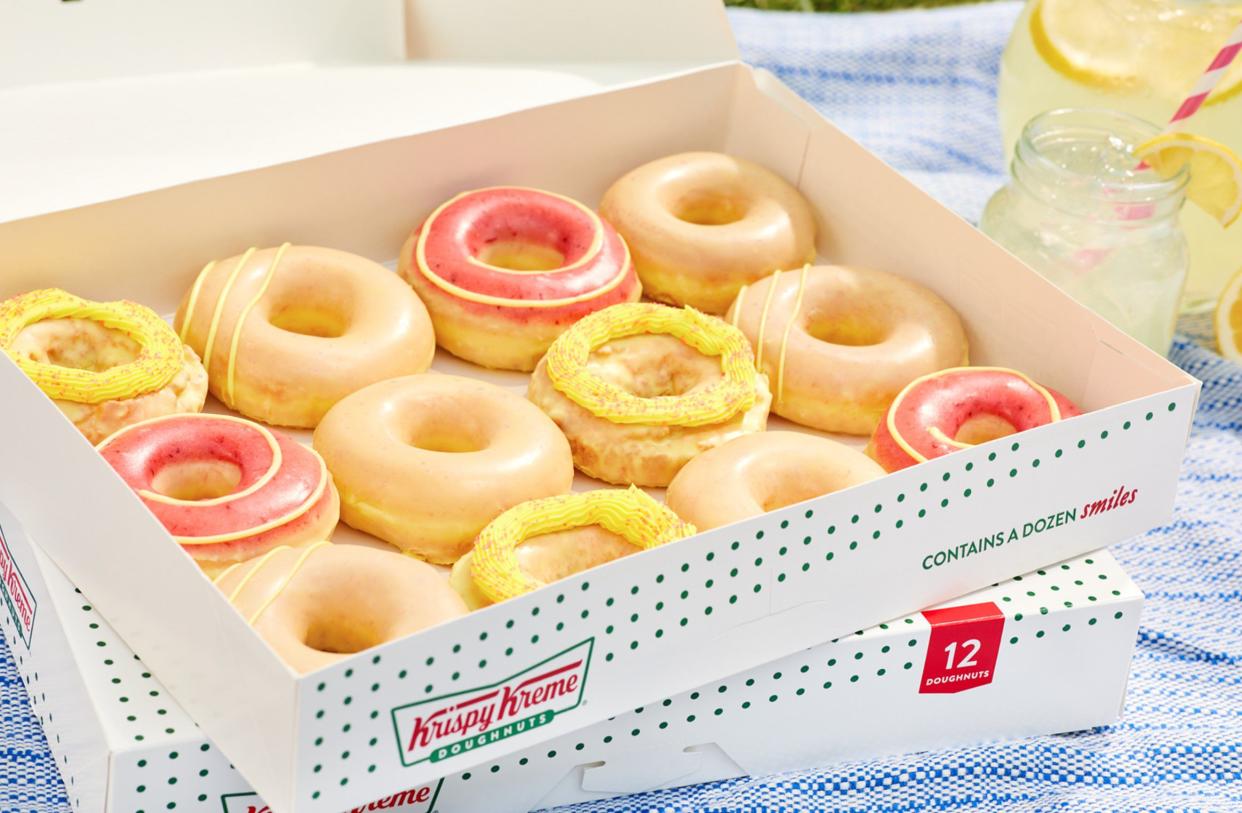
8. Krispy Kreme
Krispy Kreme, a long-standing favorite in the world of doughnuts since its inception in 1937, is facing a wave of closures for its traditional brick-and-mortar stores. The company is pivoting its approach toward a "hub and spoke" distribution system, prioritizing the delivery of freshly baked doughnuts to various retailers, including grocery stores, rather than relying solely on in-store sales. As of April 2024, there are 356 Krispy Kreme shops across the United States.
Related: Food Court Chains That We Should Have Never Taken for Granted
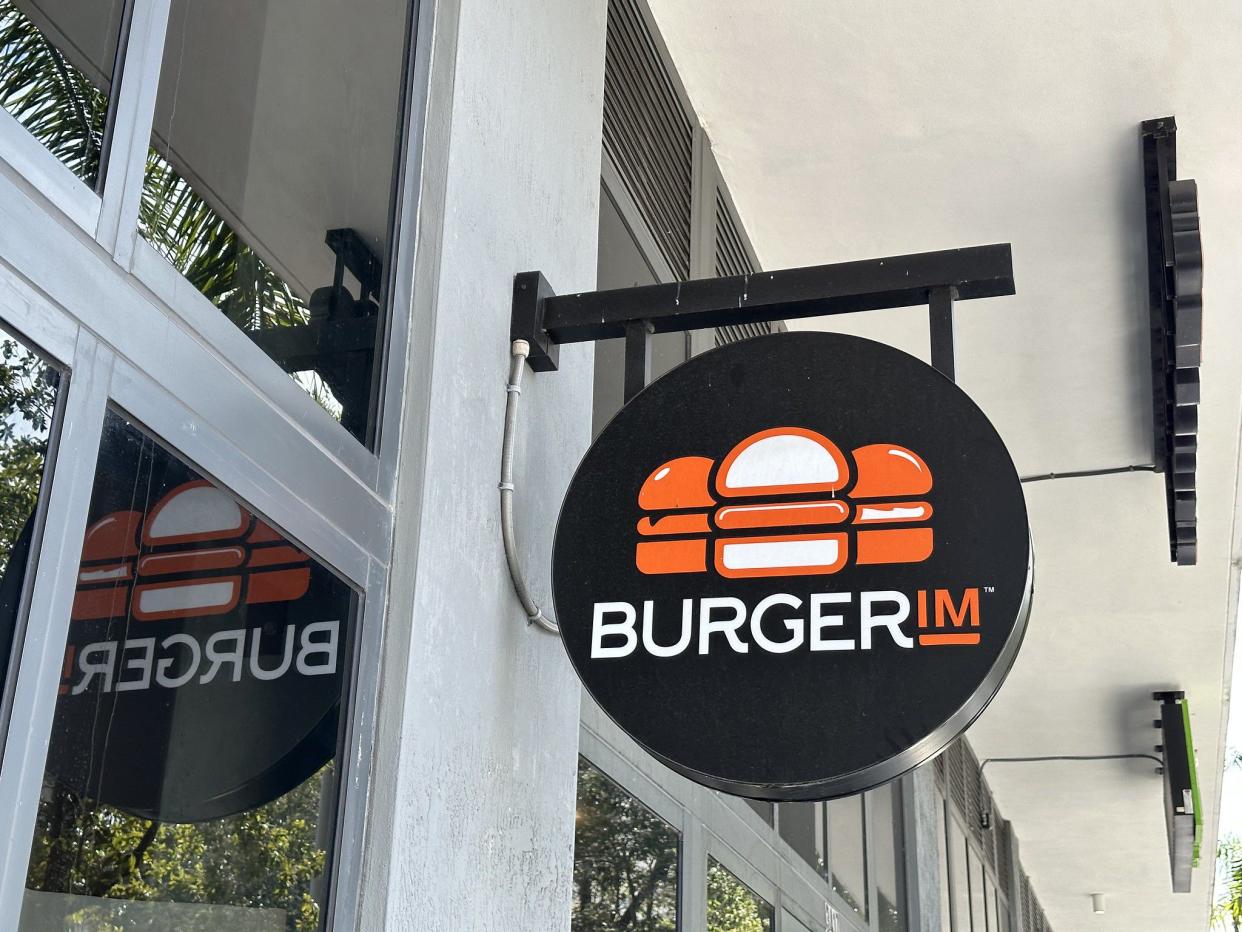
9. BurgerIM
BurgerIM burst onto the scene in 2011, born from the mind of Donna Tuchner, who brought the concept from Tel Aviv to the culinary melting pot of America. Offering miniature gourmet burgers and various flavors, it quickly caught the attention of foodies everywhere. Entrepreneur Oren Loni saw the potential and expanded the brand rapidly, with nearly 200 locations popping up by 2016.
But as the saying goes, too much of a good thing can be bad. BurgerIM's ambitious growth plans led to over 1,200 franchise agreements by 2019, stretching the company thin. Financial troubles loomed, and a lawsuit with franchisees over contract disputes dealt a heavy blow, costing BurgerIM a hefty $57 million in 2021. Facing mounting challenges, BurgerIM was forced to scale back dramatically, shrinking its footprint to just 125 outlets. The once-promising expansion dreams fizzled out, leaving the brand in a state of recalibration.
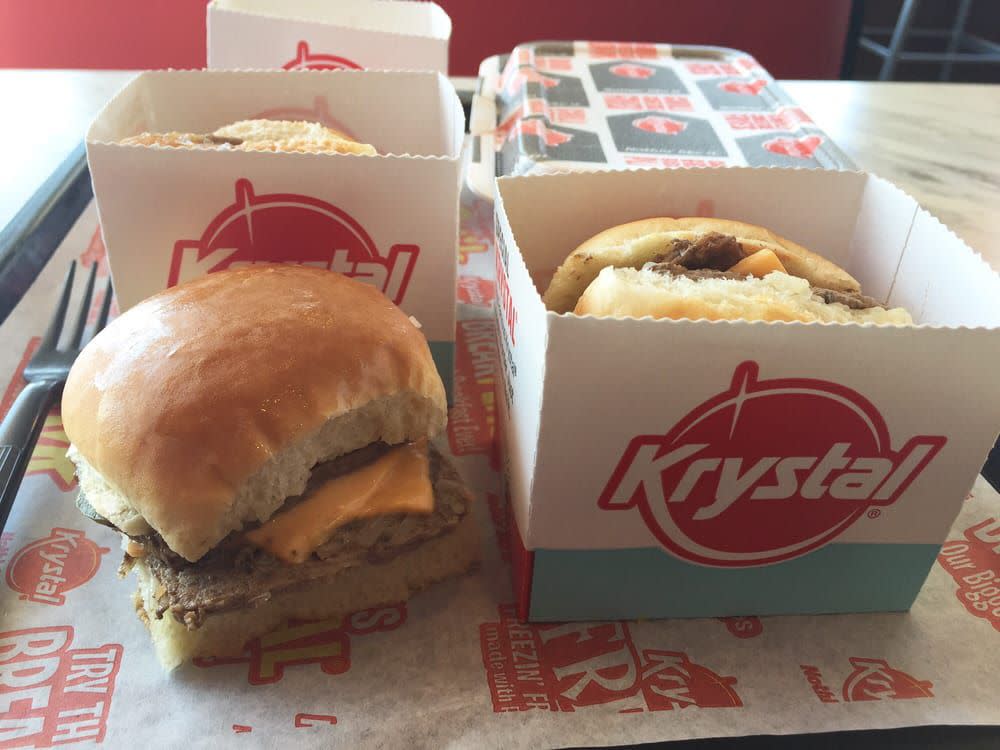
10. Krystal
Krystal, a long-standing favorite in Southern cuisine, has been dishing out its iconic mini-sized fast-food delights since 1932. Considered the South's oldest fast-food chain, it's beloved for its mini burgers and 'round-the-clock service.
However, the financial struggles of 2020, which led to the Chapter 11 filing, exposed some underlying challenges. With debts ranging from $50 million to $100 million owed to suppliers and equipment providers, Krystal had to shutter over 40 restaurants in the previous year, as per court documents. Currently, Krystal has about 287 locations scattered across the United States.
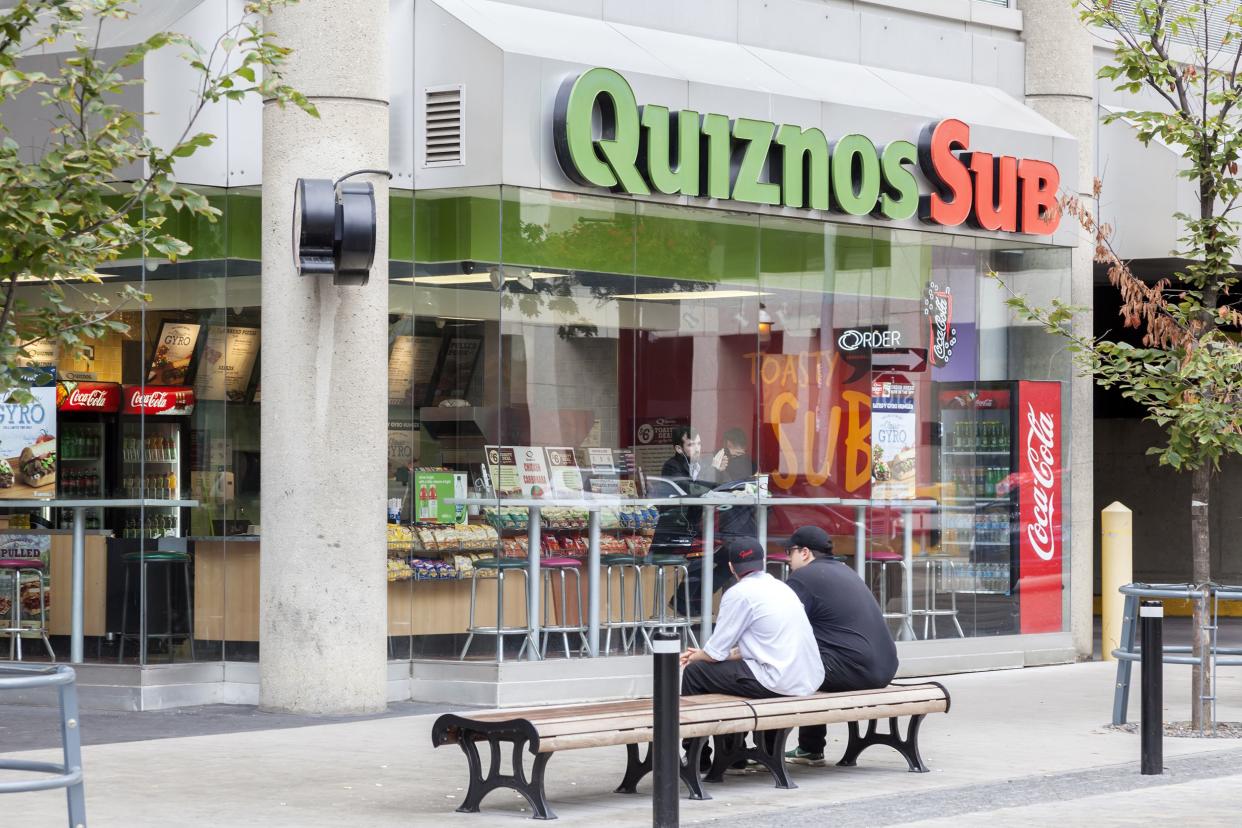
11. Quiznos
It didn't take long for Quiznos — an upscale answer to Subway — to become a big deal after it opened its doors in 1981. By 2006, there were 5,000 stores offering cheesy, hot, oven-toasted sandwiches, making it the second-largest sandwich shop in the U.S.
But since then, Quiznos has been on a downward spiral, closing a whopping 4,700 U.S. locations over a decade. By 2017, the sandwich chain was down to a mere 400 locations — a 90% loss. The reason behind this tremendous decline was its pricing strategy. People wanted cheap, not necessarily toasted, sandwiches, and Subway offered just that. According to ScrapeHero, as of March 2024, there are only 148 Quiznos restaurants in the U.S.
This article was originally published on Cheapism

